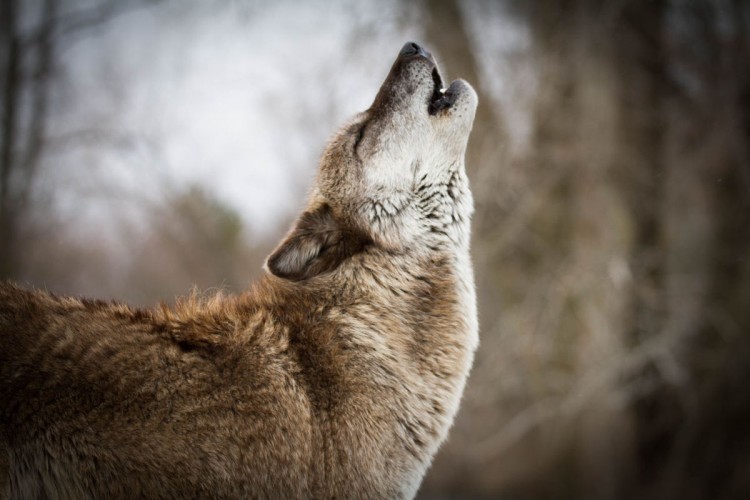
ALBUQUERQUE, N.M. (AP) – Federal wildlife officials on Thursday defended their strategy for reintroducing Mexican gray wolves to the American Southwest despite recording the first decline in the population in four years.
The annual survey released Thursday by the U.S. Fish and Wildlife Service shows at least 97 wolves are spread among forested lands in southwestern New Mexico and southeast Arizona.
The population had been on the upswing since 2010, with 2014 marking a banner year when the predators topped 110 after seeing an increase of nearly a third in their numbers.
Federal officials conceded that the latest ground and aerial surveys show more work needs to be done to stabilize the long-struggling population.
“While disconcerting, the drop in numbers represents just one year and our strategy for the experimental population continues to be viable,” said Benjamin Tuggle, the agency’s Southwest regional director. “The Service and our partners remain focused and committed to making this population genetically healthy and robust.”
Biologists aren’t certain whether the decline in 2015 was an anomaly. They’re considering a number of factors, including the deaths of 13 wolves, the unknown fate of another 11 and a significantly lower pup survival rate.
According to the survey, fewer than two dozen wild-born pups survived in 2015 compared to 38 the previous year. The survival rate dipped from a high of 86 percent in 2014 to 55 percent last year.
There’s also room for improvement when it comes to the reproduction rates among the 21 wolf packs in the wild. Less than half of the packs successfully reared litters through the end of the year.
Sherry Barrett, the wolf recovery coordinator, said the team will be analyzing all factors in an effort to reverse the decline.
A subspecies of the gray wolf, the Mexican wolf was added to the federal endangered species list in 1976. It wasn’t until 1998 that the first captive-bred wolves were released into the wild.
The reintroduction effort has been hampered by politics, illegal killings and other factors. Disputes over management of the program have spurred numerous legal actions by environmentalists who want more wolves to be released and by ranchers concerned about their livelihoods and safety in rural communities.
Most recently, ranchers and other officials in Colorado and Utah have been resistant to the possibility of expanding the wolf program to their states.
The Fish and Wildlife Service is planning to complete a long-overdue recovery plan for the species, but officials have said they’ve made no decisions about releasing wolves beyond the borders of New Mexico and Arizona.
Still, the governors of Colorado and Utah have joined officials from the other states in accusing the agency of using flawed science and biased experts. Federal officials have defended their experts and the process.
Environmentalists, meanwhile, have been pushing for the release of more captive wolves into the wild.
Michael Robinson with the Center for Biological Diversity promised to continue that pressure, arguing that’s one way the population will be bolstered and distribution in the region improved. He said the agency is relying too heavily on cross-fostering pups with established wolf packs.
Jim deVos, the assistant director of wildlife management for the Arizona Game and Fish Department, acknowledged Thursday that recovery of any endangered species is never easy. He said the wolves are on a long-term upward trend given that they were completely absent from the landscape two decades ago.
“The lower number of Mexican wolves that were counted is a concern, but not a signal that the program is unsuccessful,” he said.
Source: After years of growth, Mexican gray wolf population declines – Washington Times
